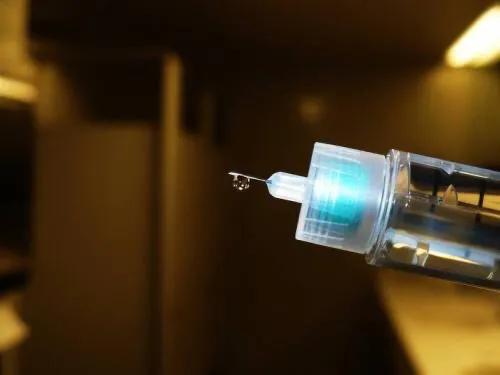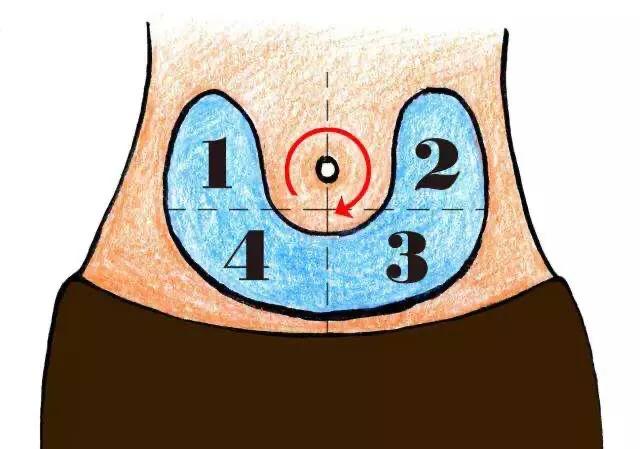What is the reason for the redness around the area after the insulin shot?
Insulin is the only glucose-lowering substance in the body, and diabetics will use insulin therapy for a long or short period of time as part of their glucose-lowering treatment.
People with type 1 diabetes need to use insulin treatment for a long period of time, and insulin injection becomes a must before meals every day. Depending on the needs of the condition, some friends with type 1 diabetes need to inject once, twice, three times, or even four times a day, which is possible.

Patients with type 2 diabetes mellitus must be treated with insulin when the disease is detected early, when blood glucose is relatively high, and when acute metabolic disorders such as diabetic ketoacidosis and hyperosmolar syndrome are present. Patients with longer duration of the disease who have a combination of infections, cardiovascular and cerebrovascular disorders, hepatic and renal disorders, etc., also need to use insulin to control blood glucose. Long-term use of insulin is required when pancreatic islet function is slowly failing.
Some people then notice that after injecting insulin, their skin may show some abnormalities, such as redness, pain and itching, which are some of the more common clinical conditions.
The needle acts as an irritant to the skin and can cause redness due to increased blood flow in the area of the needle puncture. There are also some peripheral nerve fibers in the area of the needle puncture, and irritation of these nerves is painful. These sensations usually fade after 1-2 minutes. Be careful to rotate the injection site when injecting, do not continuously press a site for injection.

If the injection needle punctures a small blood vessel, subcutaneous bleeding will occur, and early on, it will also be manifested as redness around the site of the needle puncture, this red manifestation will not subside in the short term, and will be gradually absorbed and disappeared after 3-4 days or so.
Skin allergies to any of the antiseptic solutions, needles, medications, etc. will result in redness of the skin, usually with itching, and usually more common with insulin allergies. Insulin is a heterogeneous protein that is very susceptible to allergic reactions, and allergic reactions are more common in people who are injected with animal insulin.
Because human insulin has the same structure as human insulin, allergic reactions are rare, but because human insulin contains not only insulin, but also some m-cresol, phenol as a bacteriostatic agent, and many other substances such as glycerin, fish protein, sodium hydroxide or hydrochloric acid, all of which can cause skin irritation, leading to pain, allergy and other symptoms, and skin abnormalities.
In summary: various sensations in the skin at the injection site should be analyzed on a case-by-case basis, the injection site should be rotated, and a change of insulin varieties should be considered if there is a skin sensitization reaction.
I am Dr. Sun, pay attention to Dr. Sun talking about sugar, continue to learn about quality health knowledge, help please like, have questions please leave a message.
Insulin allergy.
Because it's an allergy.
This question and answer are from the site users, does not represent the position of the site, such as infringement, please contact the administrator to delete.